Explore Articles Filed Under: The Amazon
A long-standing debate about shamanism concerns the locus of interaction between the shaman and the other-than-human persons with whom the shaman works — between shamans who travel to the land of the spirits, and shamans whose bodies are occupied and possessed by spirits. Often the debate is expressed dichotomously as a matter of power — between the shaman being “the master of spirits” on the one hand, and the shaman being “the instrument of the spirits” on the other. Graham Harvey, a scholar of indigenous religions, puts it this way — that “there is an almost continual conflict between those who think shamans are, by definition, people who control spirits … and those who think shamans are, at least sometimes, controlled by spirits.”
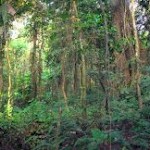
Cultural critics Jeremy Gilbert and Ewan Pearson point out that music can be understood either as possessing or producing meanings, or as producing effects which cannot be explained in terms of meaning — that “music can affect us in ways that are not dependent on understanding something, or manipulating verbal concepts, or being able to represent accurately those experiences through language.” Music thus has a metaphysical dimension; where music affects the body, the distinction between outside — where the music comes from — and inside — where the music is felt — is radically called into question.
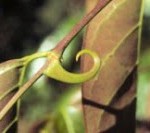
My teacher don Roberto Acho knows hundreds of plants, at least in the sense that he is familiar with that many, in the same way that a biomedical physician probably knows hundreds of medicines. I think most shamans — like most biomedical physicians — regularly use a few dozen plant medicines in their everyday routine practice, and go outside that number only in difficult cases, perhaps after consultation with a specialist. Even so, I have often wondered how a shaman remembers all those plants.

Tulku is a group with constantly shifting membership gathered around multitalented musician and producer Jim Wilson. Wilson has worked with many of the most important figures in contemporary Native American music — Robbie Robertson, the Little Wolf Band, Joanne Shenandoah, Primeaux and Mike. Wilson’s work has centered on intriguing cross-cultural musical collaborations — with Russian psychiatrist Olga Kharitidi on Siberian shamanism, with Consuelo Luz on ancient Sephardic prayers and traditional love songs in Ladino, with James Twyman on peace prayers from world religious traditions. He has worked musically with spoken word material from Timothy Leary, Alan Ginsberg, and Timothy Wyllie.
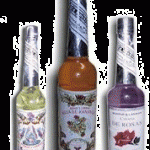
The plant spirits in the Amazon love strong, sharp, sweet smells. Thus, one way to acquire protection against malevolent persons and their pathogenic projectiles is to acquire such a sweet smell oneself, as opposed to the ordinary human smell, including the smell of human sex, which the spirits dislike. Shamans achieve this state, and provide it for their patients, by putting substances with sharp sweet smells either on or inside the body.
It may be worth drawing a distinction between the source of plant knowledge and the source of plant healing. Many indigenous peoples assert that their knowledge of plants and their uses comes from some other-than-human person who appears in a vision or dream. These spirits may, as in the Amazonian mestizo tradition, be the plants themselves, but not necessarily; when my teacher doña María Tuesta was young, for example, it was the Virgin Mary, not the plant spirits, who appeared in her dreams, showed her the healing plants, and taught her the plants to cure specific diseases.
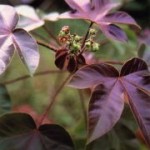
Among Amazonian mestizos, the term saladera refers to a persistent run of bad luck and misfortune — in family matters, business, and human relationships — often accompanied by great anxiety. This sickness is parallel to the Mexican sacalio, and it is treated the same way: by bathing.
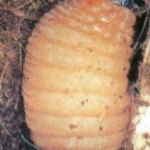
Suri are the grubs of palm beetles, Rhynchophorus palmarum, which grow in the stumps of chonta palms, Euterpe spp., that have been felled to harvest their edible palm hearts. The palm hearts are delicious. The grubs are fat, pale, curved, and large — up to five inches long. They are considered a great treat.

The pucalupuna (Cavanillesia umbellata) is a very powerful plant. It is also called lupuna colorada, red lupuna — the word puca means red in Quechua — and must be distinguished from the white lupuna (Ceiba pentandra), also called lupuna blanca, lupuna, or kapok. The pucalupuna wants to deal only with the strongest and most self-controlled of humans, those willing to undertake a dieta fuerte, a lengthy and rigorous diet in the jungle. Other humans it simply kills.
The term monte occurs frequently in Amazonian mestizo shamanism. It generally refers both to mountains and woodlands; in the Amazon, it is, technically, the term used to differentiate the highland jungle from the várzea, the annually flooded lowland forest. But to the mestizos, the term means — as one regional dictionary puts it — despoblado, unpopulated, deserted, and thus dangerous, solitary, and frightening.

Discussing the article:
Hallucinogens in Africa